|
[1]
|
Pichersky E,Gershenzon J.The formation and function of plant volatiles:Perfumes for pollinator attraction and defens[J].Current Opinion in Plant Biology,2002,5(3):237~243. |
|
[2]
|
Hsiao T H.Feeding behavior[C]//Comprehensive insect physiology,biochemistry and pharmacology.Oxford:Pergamon Press,1985. |
|
[3]
|
Schneider D.Plant recognition by insects:A challenge forneuro-ethological research[M].Dordrecht:Dr W Junk Publisher,1987. |
|
[4]
|
Visser JH.Host odor perception in phytophagous insects[J].Annual Review of Entomology,1986,31:121~144. |
|
[5]
|
杜家纬.植物-昆虫间的化学通讯及其行为控制[J].植物生理学报,2001,27(3):193~200. |
|
[6]
|
王红伟,杨伟,杨桦,等.横坑切梢小蠹对植物挥发物的电生理和行为反应[J].生态学杂志,2014,33(5):1260~1266. |
|
[7]
|
钦俊德,王琛柱.论昆虫与植物的相互作用和进化的关系[J].昆虫学报,2001,44(3):360~365. |
|
[8]
|
|
|
[9]
|
Schoonhoven L M,Jermy T,Van Loon J J A.Insect plant biology:From Physiology to Evolution[M].London:Chapman and Hall,1998,136~138,144. |
|
[10]
|
Verkerk R H J,Wright D J.Multitrophic interactions and management of the diamondback moth:a review[J].Bulletin of Entomological Research,1996,86(3):205~216. |
|
[11]
|
丁红建,郭予元,吴才宏.胡萝卜花挥发油中棉铃虫它感信息化合物的分离、鉴定及行为测定[J].昆虫学报.1997,40(增刊):73~77. |
|
[12]
|
Mitchell E R,Tignle P C,Heath R R.Ovipositional response of three Heliothis species (Lepidoptera:Noctuidae) to allelochemicals from cultivated and wild host plants[J].Journal of Chemical Ecology,1990,16(6):1817~1827 |
|
[13]
|
殷蕙芬,黄复生,李兆麟.中国经济昆虫志[M].第二十九册,小蠹科.北京:科学出版社.1984:54~55,142~144. |
|
[14]
|
蒋丽,王雪莹,杨洲,等.自然发酵与接种发酵泡菜香气成分分析[J].食品科学,2011,32(22):276~279. |
|
[15]
|
殷彩霞,高竹林,吕军,等.纵坑切梢小蠹对云南松枝梢提取物趋性测试[J].昆虫知识,2002,39(5):384~386. |
|
[16]
|
杨燕,杨茂发,杨再华,等.云南松松针的挥发性化学成分[J].林业科学,2009,45(5):173~177. |
|
[17]
|
伍苏然,周平阳,李正跃,等.云南松健康松与衰弱松针叶挥发物化学成分比较[J].天然产物研究与开发,2010,22(6):1048~1052. |
|
[18]
|
闫争亮,泽桑梓,马惠芬,等.健康和受蠹害云南松及云南切梢小蠹后肠挥发性物质的分析与比较[J].西部林业科学,2009,38(4):70~73. |






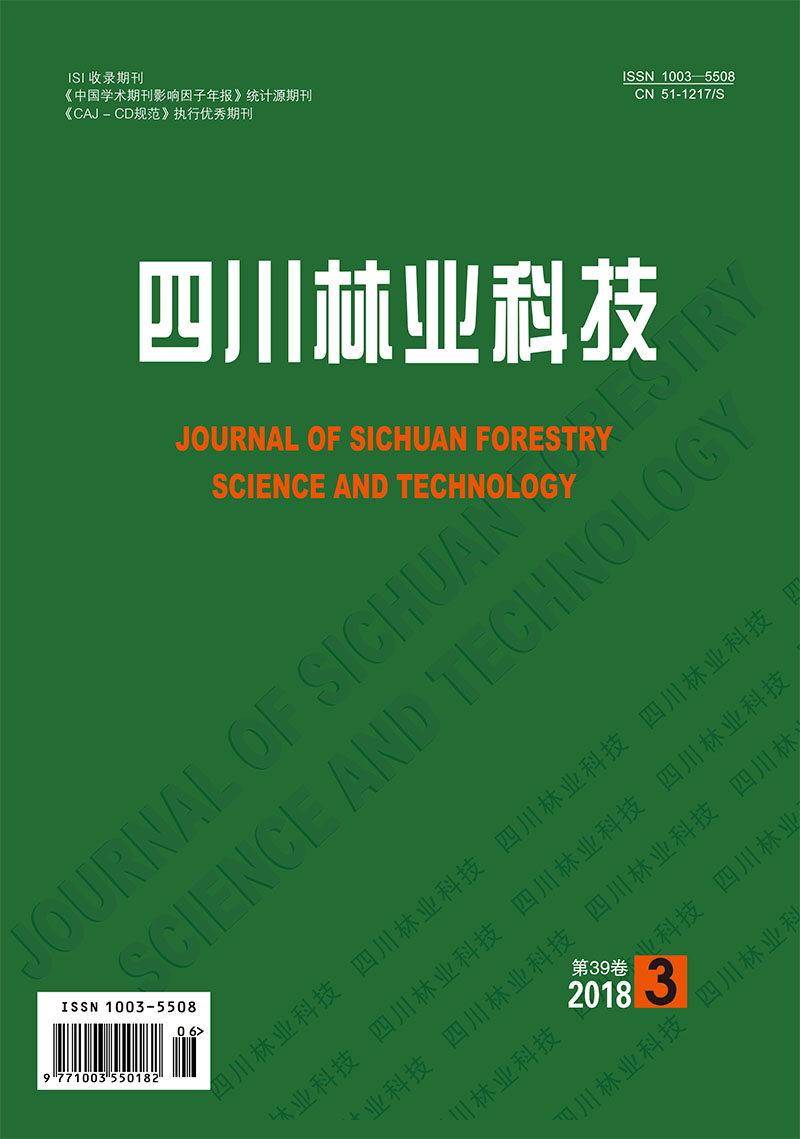




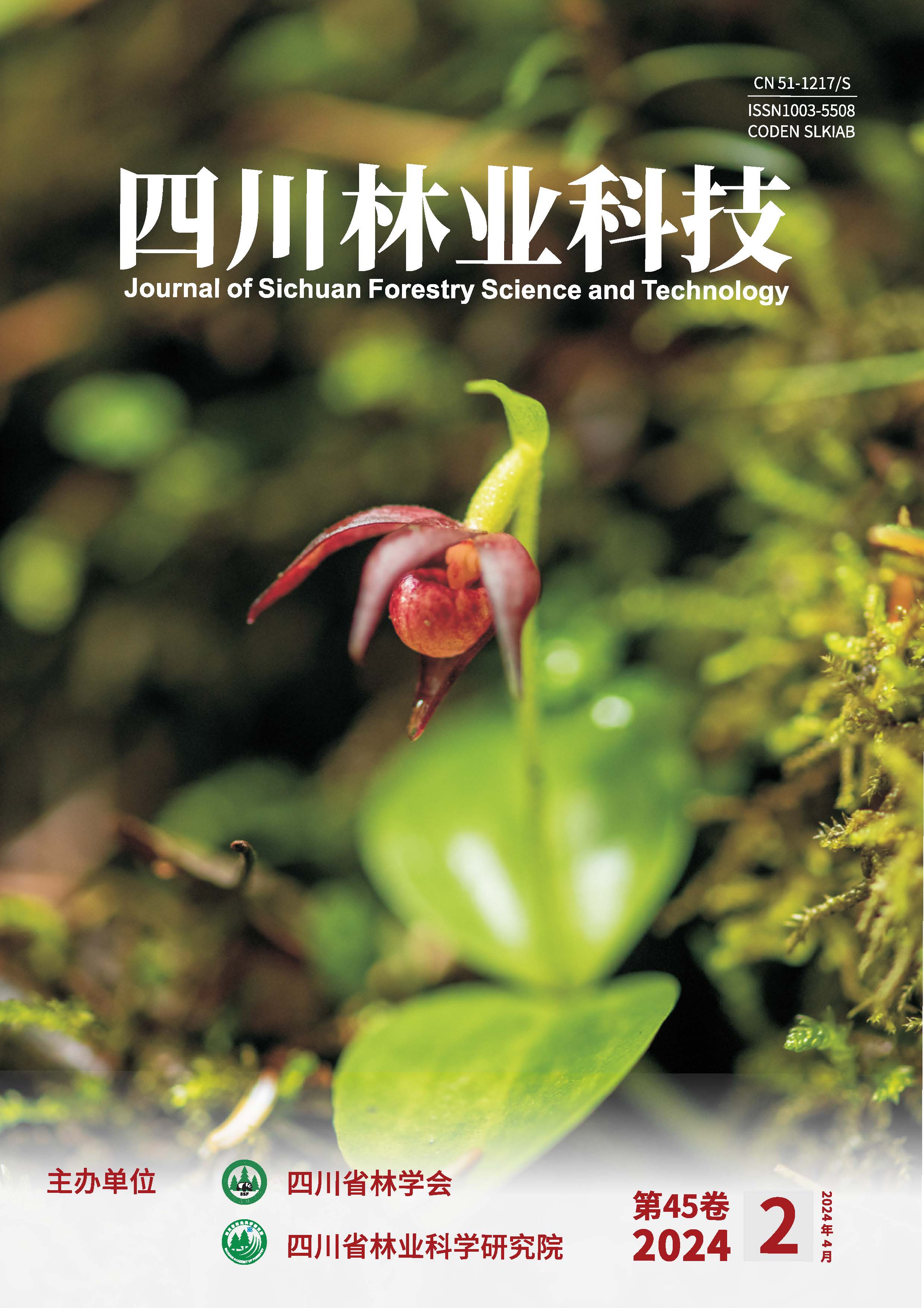
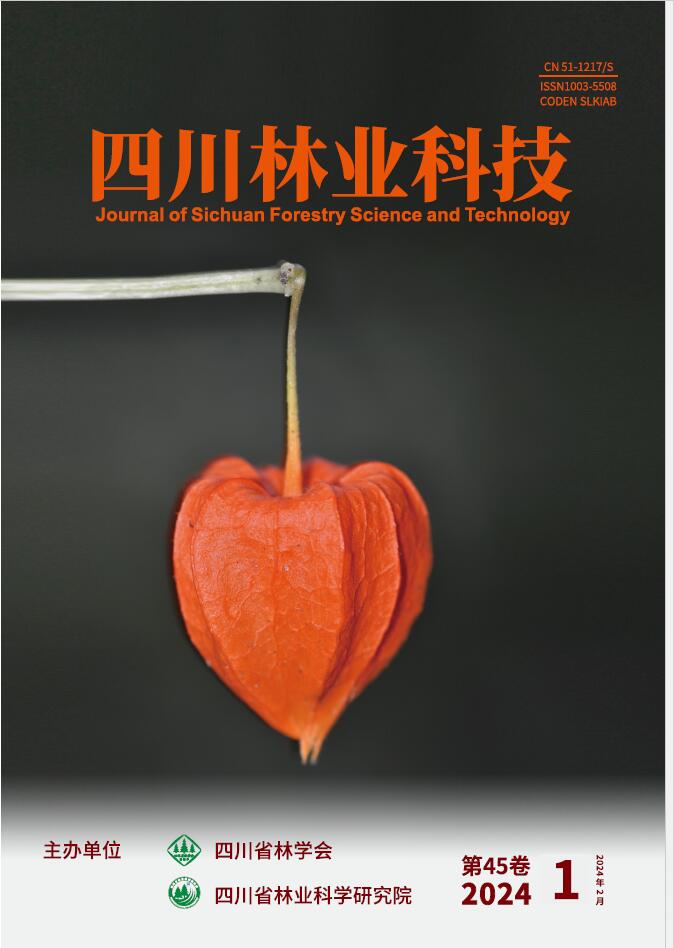
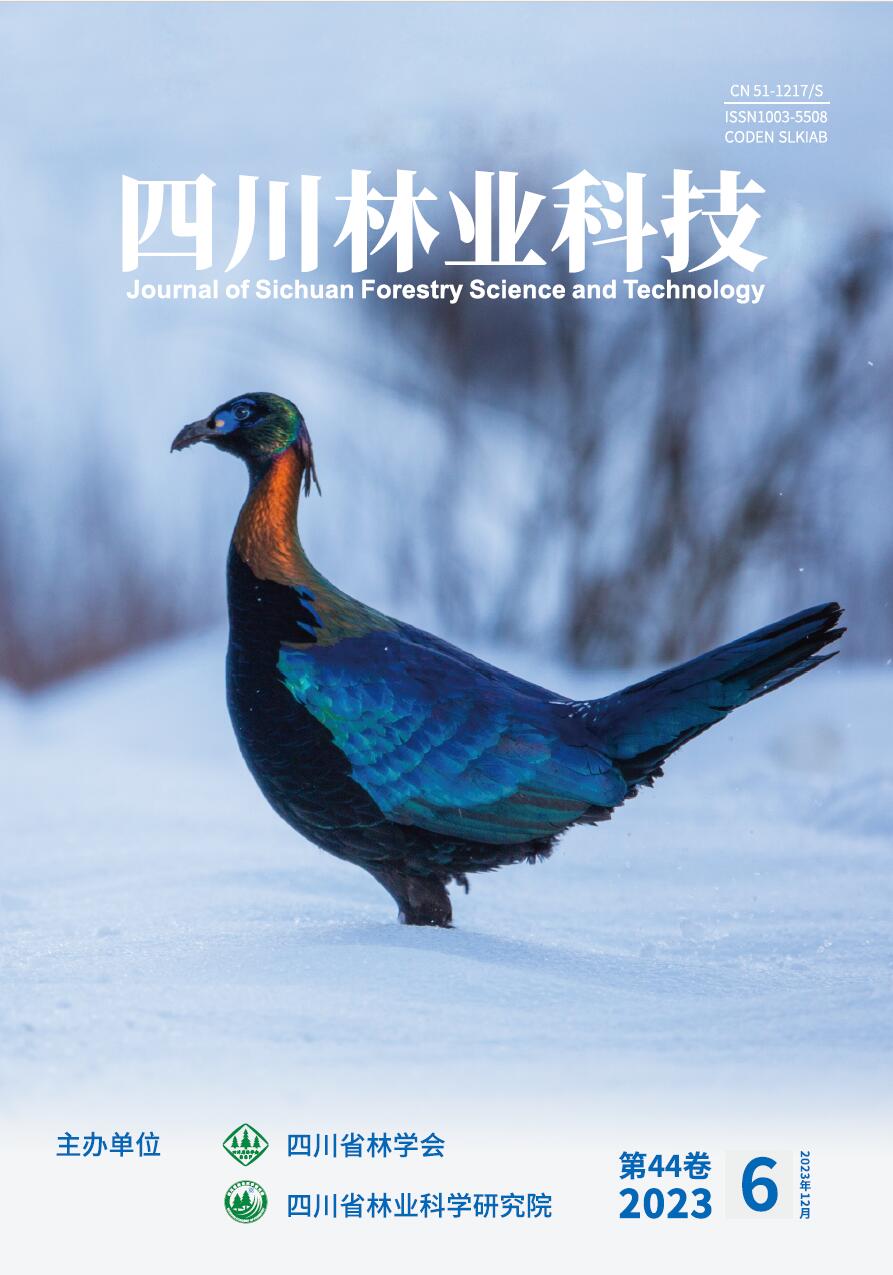
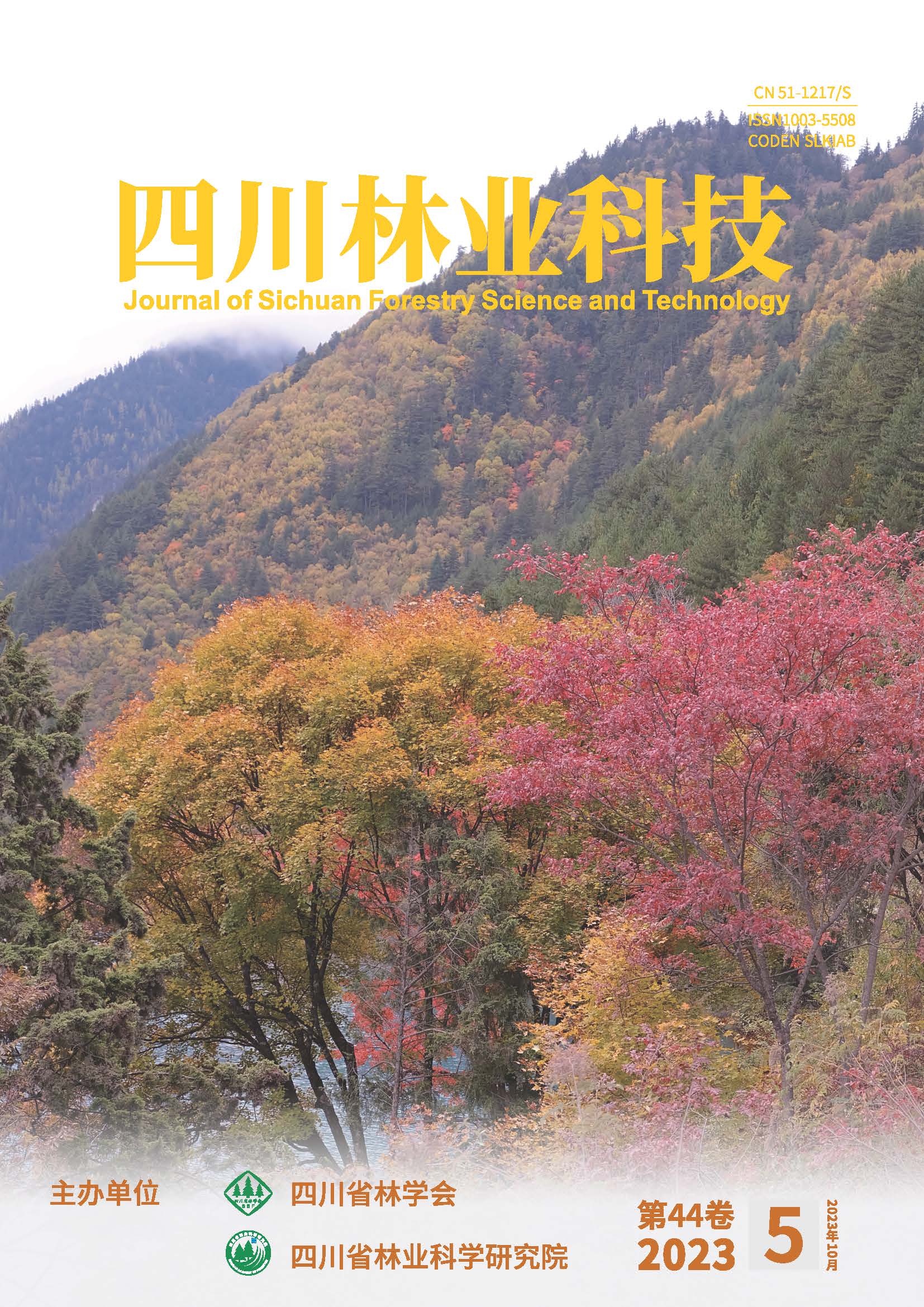
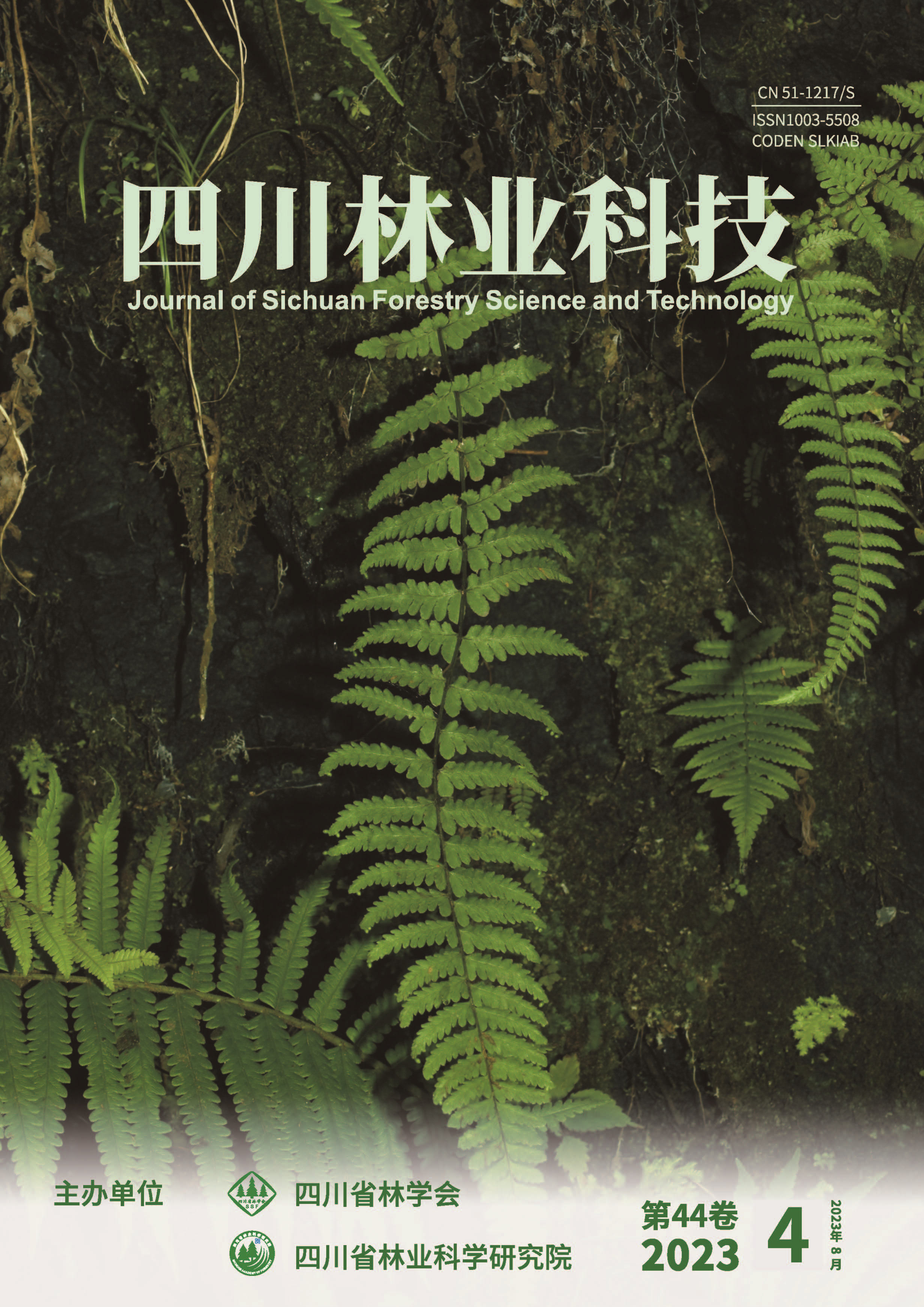
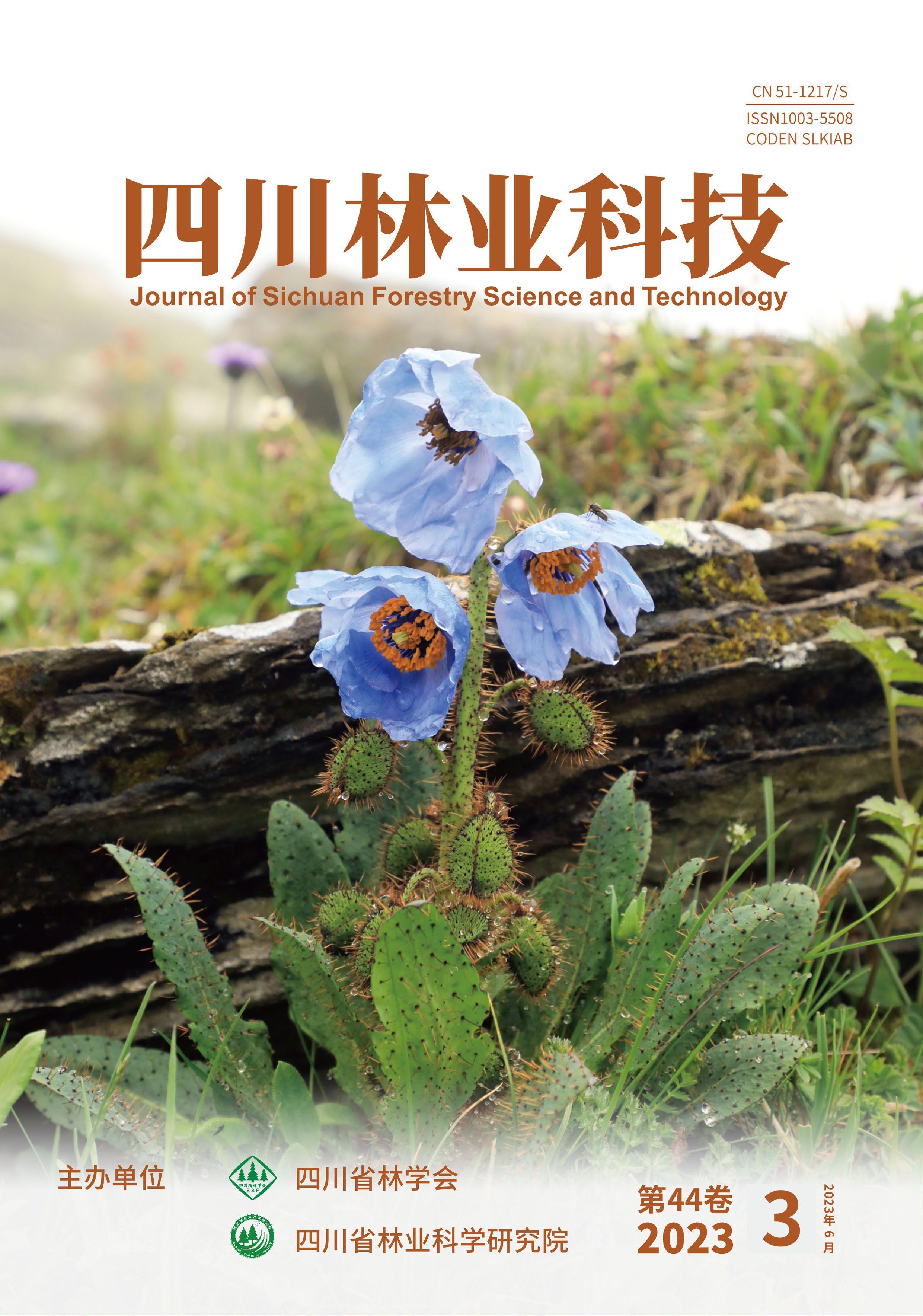
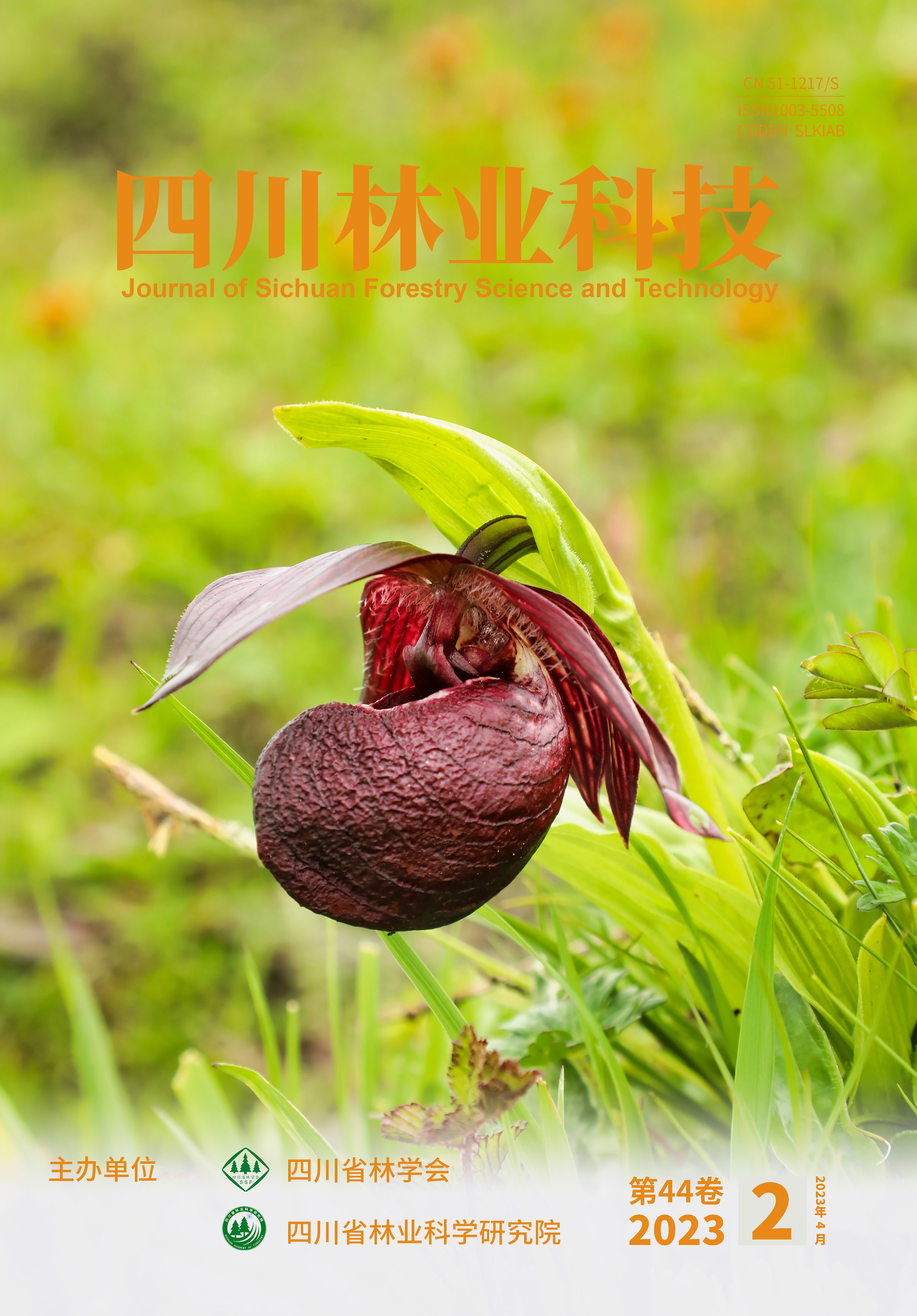
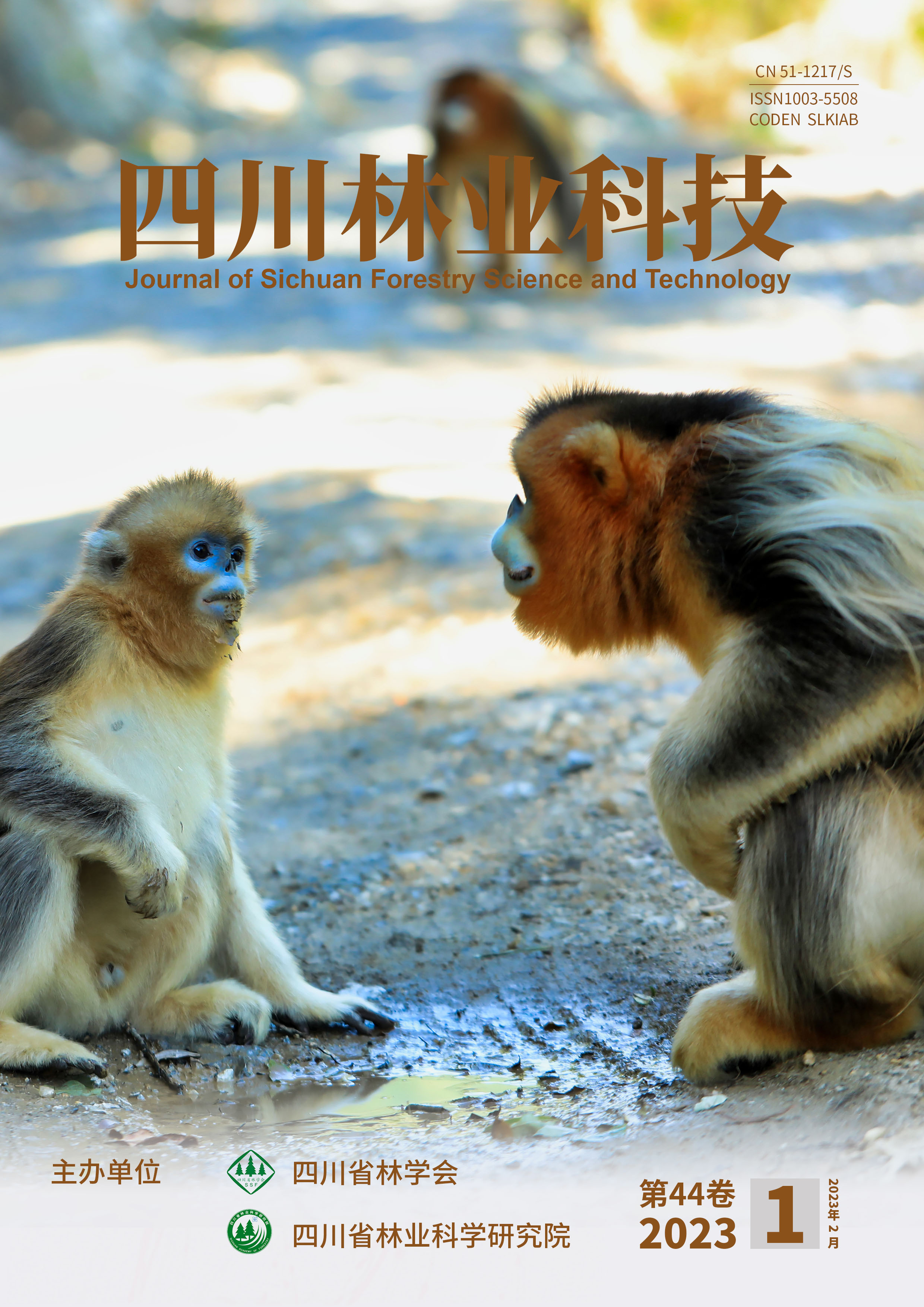


 DownLoad:
DownLoad: